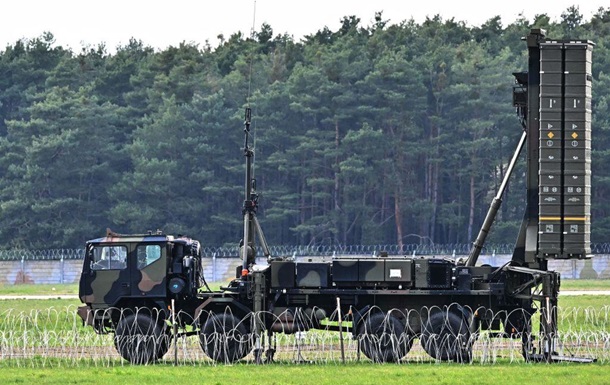A rat's habitat in an apartment is, of course, a cage. Its equipment should be given the main attention when placing a pet at home. The cage should be away from batteries and heaters, as well as in a place where there are no drafts. It is good to place the cage on a small hill so that it is easier to observe the rats. The size of the cell that can be bought at murchyk.com.ua, should be at least 1 m in area, so that it would be spacious for the pet. Rats do not like to be bored - they need a place to play and travel inside the cage. For this purpose, not only "rat" toys are useful, but also those used for guinea pigs or hamsters.
What should be in a cage for a decorative rat so that it feels comfortable?
1. Bowls: ideally, you should buy two - for dry food and for vegetables. They should not be too light, because the animals will move them all over the cage or upside down. When choosing, it is better to give preference to ceramic bowls or those made of thick glass.
2. Drinking bowl: you can put one more bowl, and you can also have a drip drinking bowl. Specialists in breeding rats prefer a suspended drinker, because it is much more difficult to monitor the cleanliness of a bowl of water. But there is a downside to the hanging drinker – it can get stuck, and the ball that regulates the water supply will get stuck, leaving the pet to suffer from thirst.
3. Toilet: any tray will do. But despite its cleanliness, some rats refuse to use the tray, using the entire floor of the cage as a toilet. In such cases, it makes sense to fill the entire bottom with filler. The filler is used both granular and in the form of sawdust. Torn paper or newspaper is also suitable for this purpose.
4. House: rats feel the need for a secluded rest. Houses for rodents usually serve as a place for this pastime. You can buy special wooden ones, or make your own from boxes. It is worth remembering that the cardboard house must be changed every week to a new one, because paper will quickly become unusable after contact with rodents. The lack of a place to hide will make the rats feel in danger, and possibly lead to aggression on the part of the animal.
5. Hammocks: instincts call rats to endless exploration, but in the space of the cage there is nothing to explore. In order for the rats not to get bored, fabric hammocks are hung for them, on which they willingly jump and play. Also, rats like to sleep in them or simply hide. Since rats are very active in the evening and at night, there will be no noise from playing in the hammocks. Specialists recommend rehanging hammocks from place to place once every 2-3 weeks so that they do not tire the pet.
6. Toys: all kinds of shelves and ladders will make the rats' leisure time more interesting. Running wheels for hamsters and tunnels can also be suitable. Toys also need to be rotated periodically, because rats love everything new.
Having collected all the necessary items in the cage and correctly placed it in the apartment, you can safely move pets there. Decorative rats will be happy with the abundance of places for hiding and rest and will quickly adapt to their new home and their owners, whom they will please.


 275
275












